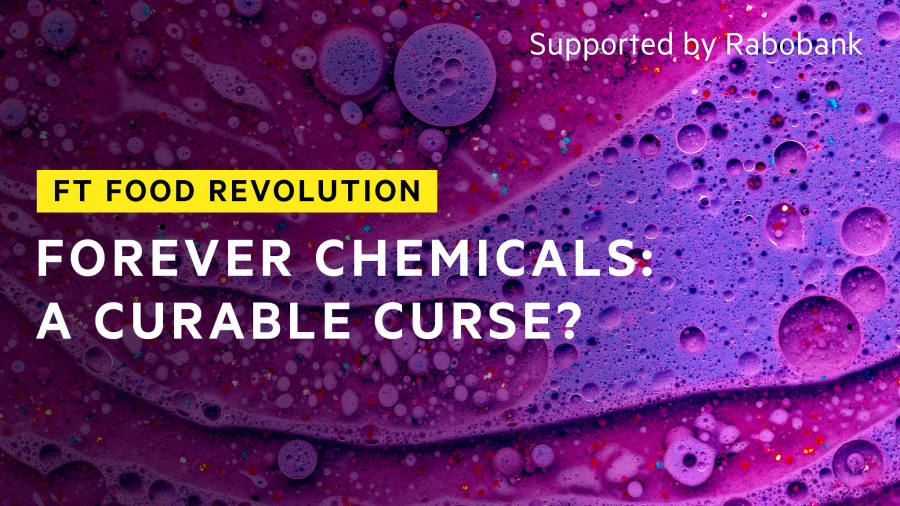You can enable subtitles (captions) in the video player
Forever Chemicals – This is the smoother name given to PFAS, or perfluoroalkyl substances. They're everywhere.
They've been used since the 1940s in everything from waterproof fabrics to fast food packaging. They are also essential for the manufacturing of semiconductors and other materials critical to the green transition. But what makes them practical and ubiquitous in the products we use is also what makes them so harmful. It is resistant to water, oil and temperature changes, but does not decompose in the environment and is now linked to health problems ranging from reduced fertility to cancer. It can also be found in our food and drinking water. Traces of PFAS are found in the blood of 97% of Americans.
One of the nutrient-rich byproducts of municipal wastewater is sewage sludge or biosolids. These biosolids are sometimes used as fertilizer. In the United States, for example, this is thought to have spread across about 5 percent of the country's farmland. Forever chemicals are found in this sludge. What's concerning is that they don't break down, they become concentrated over time, and are spread through fertilizers, water, food and bodies.
PFAS pollution from industrial sites and firefighting foam has also contaminated our soil and water supplies. These harmful chemicals could remain around for thousands of years unless we can find ways to destroy them. Growing pressure from lawmakers to ban or restrict PFAS has spurred a race by startups to find technology to either replace them, which may be impossible for some industries, such as semiconductors, or at least to eliminate those already in the environment. Michigan-based Revive Environmental has a machine they call The Annihilator that uses a technology called supercritical water oxidation and acts like a kind of pressure cooker to break down chemicals. Onvector water treatment company uses plasma technology where high-energy electrons erase chemicals.
Researchers have also joined the cause. Studies have shown that a charcoal-like substance made from waste wood can absorb chemicals from sewage sludge to be destroyed. Meanwhile, US chemists from Northwestern University and the University of Los Angeles have developed an inexpensive, low-energy process that breaks down two of the most important types of PFAS into harmless chemicals. A team from the University of California uses ultraviolet light to break them down without producing any byproducts, and another team at the university also discovered bacteria in the soil that can do something similar.
Getting rid of different types of chemicals forever will require different methods and will never be easy. Many of these methods seem promising, but they all require a lot of time and investment to be effective. But for those willing to take up the challenge, the potentially $20 billion market is up for grabs.
